Driving in Iceland – what you need to know
Driving overseas can sometimes be a little daunting, particularly if you’re travelling somewhere for the first time. But it needn’t be… overcome that trepidation, and you’ll soon discover that the independence that comes with renting a car (as opposed to travelling on tours or by public transport) more than makes up for any initial fears you might have had.
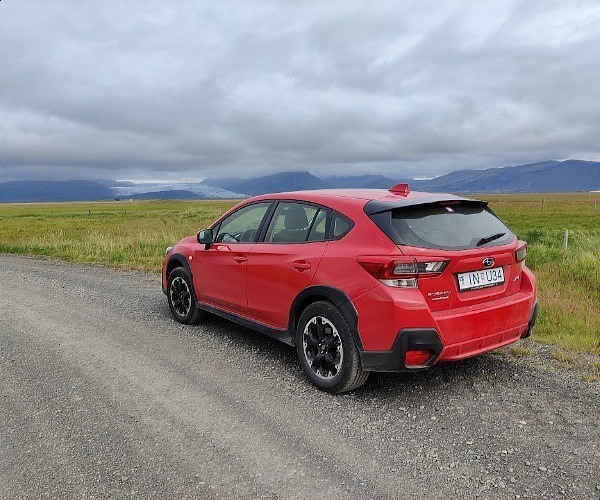
And this couldn’t be more true in a country such as Iceland where we think the ability to self-drive is an excellent choice. If your travel plans involve the land of Fire and Ice, I’m sure you can’t wait to explore the many glaciers, geysers and waterfalls, as well as Iceland‘s many other natural wonders. But, before you take to the road, it’s best to be prepared. Here are our top tips for driving in Iceland.
Driving regulations in Iceland
In Iceland, you drive on the right and overtake on the left. Drivers and all passengers are required to wear seat belts by law. Infants and younger children must be seated in car safety seats. For more information on child safety in Iceland, see this link.
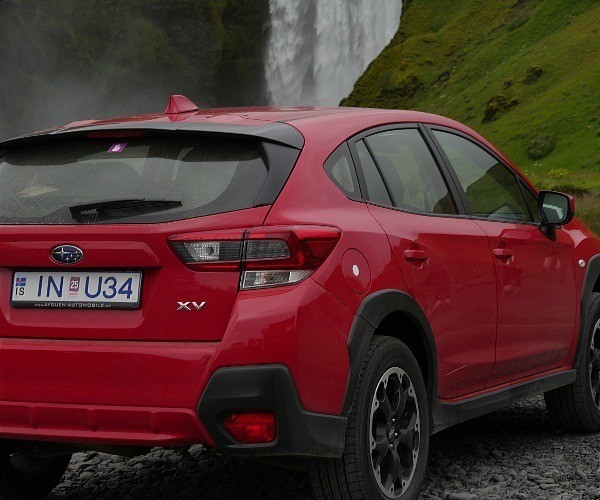
Your car headlights should be switched on when driving, regardless of whether it is day or night. And there is zero tolerance for driving under the influence of alcohol or drugs. Don’t do it even if the rules in your own country may be slightly different. The minimum penalty for drink driving is a fine of 100,000 ISK and a four month ban. That’s around 700 USD at current exchange rates.
Also, don’t use a mobile phone when driving. The use of mobile phones when driving is against the law. If you must, it is mandatory to use hands-free equipment whilst driving.
Make sure you preserve Iceland’s unique ecosystem and untouched nature by staying on the roads! Off-road driving is also illegal in Iceland and can also result in large fines, and even imprisonment.
Speed limits in Iceland
You’ll want to be aware of speed limits – for your own safety (and that of other road users) and to avoid hefty fines. In populated areas, speed limits tend to be around 30-50 km/h. On gravel roads, the national speed limit is 80km/h and on major paved roads it’s 90km/h, but always check the signs just to be sure as some circumstances may command a different limit.
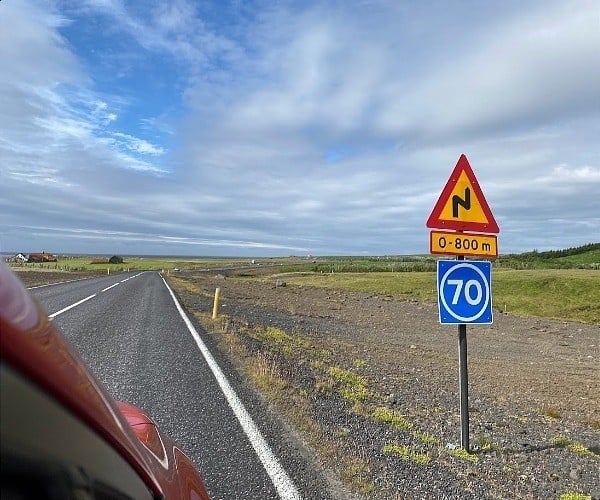
And don’t feel that the limits are a target – if you feel more comfortable driving more slowly because of the prevailing conditions, then don’t hesitate to drive at a speed where you feel more in control. If there are other cars wanting to pass you, the usual custom is to signal with your right indicator when you see that it is safe for them to overtake.
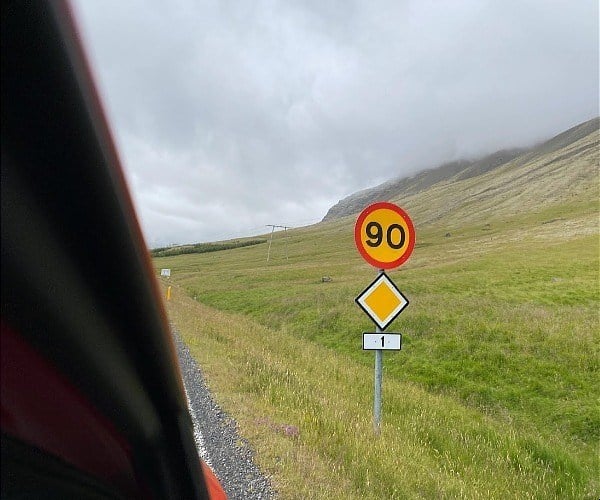
Iceland’s Ring Road has a number of fixed speed traps, as well as patrolling police cars with mobile detectors. But don’t worry… I have a top tip for you to avoid getting caught! It might surprise you but the best way to avoid being fined for speeding is not to break the speed limit in the first place. OK, so talk about stating the obvious, I know… but a more genuine tip is to use your cruise control (if your car has it) to ensure you don’t unintentionally go over the limit.
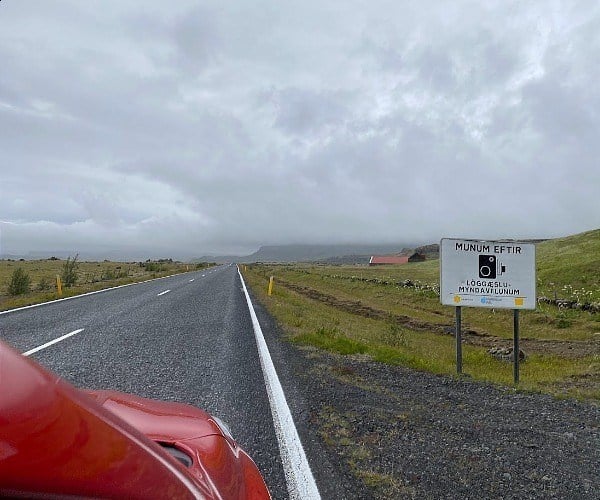
If you choose to speed, then be prepared to face the consequences – at best, a speeding fine; or worse still, a serious accident. You won’t necessarily know about it right away (the fine, I mean… but the same could be true of an accident!), but you could be in for a nasty surprise when your rental company charges your credit card weeks later for your driving misdemeanour.
The roads in Iceland
The roads in and around Reykjavik are of a good standard and well maintained. Roads in the countryside, on the other hand, can be more variable – potentially rougher, narrower and more hazardous than you might be used to. With more than 8,000 miles of road in Iceland, and less than 3,000 of those being paved, there’s a high probability that you will come across an unsealed road surface during your travels.
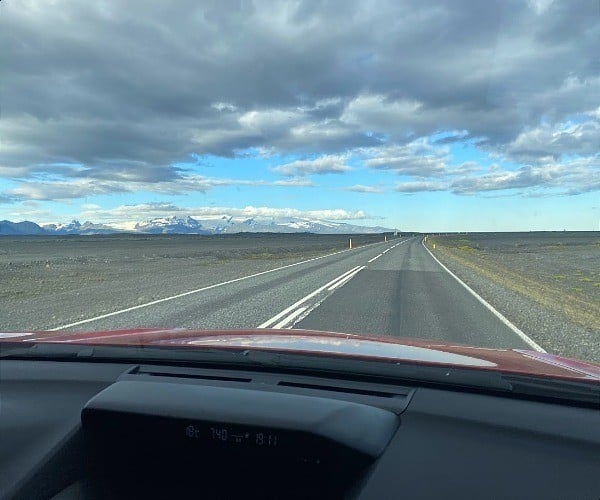
Even on the Ring Road, which tends to be a good surface most of the way, be aware of smaller bridges which are usually single lanes, often with gravel surfaces, with speed limitations. Slow down as you approach them, especially if you find yourself approaching one at the same as another car. The general etiquette in these sitations is that the car closest to the bridge has right of way, whilst the other vehicle waits for them to cross.
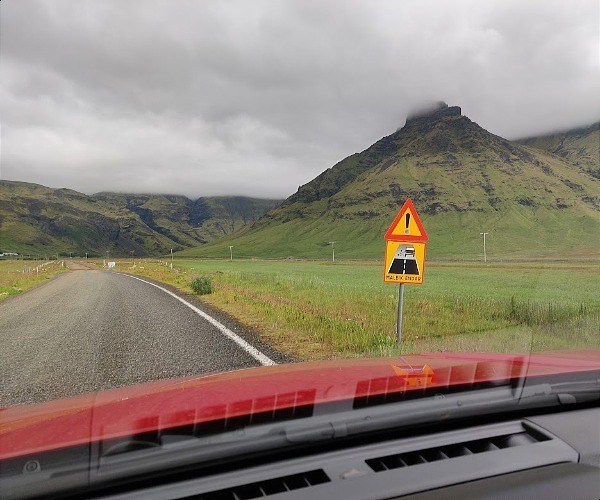
On gravel roads, try to keep your speed low enough so that you don’t throw loose stones on to the side of your own car. Similarly, don’t drive too close to cars in front of you and risk being caught by any loose chippings that they throw up.
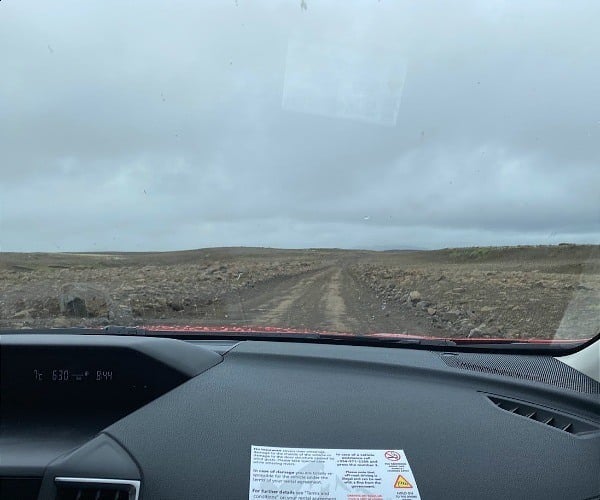
Only venture on to Iceland’s F-roads if you have a 4×4 and are confident with driving on mountain roads.
IMPORTANT NOTICE:
If you are reading this article anywhere other than on A Luxury Travel Blog, then the chances are that this content has been stolen without permission.
Please make a note of the web address above and contact A Luxury Travel Blog to advise them of this issue.
Thank you for your help in combatting content theft.
Parking in Iceland
Reykjavik is divided into parking zones, marked P1, P2, P3 and P4, with P1 (the red zone) being closest to the centre and also the most expensive. Payment can be made easily using the PARKA app, or you can pay using ticket dispensers in pay-and-display zones. If you are outside these zones, then parking is free. Street parking in Reykjavik is also free outside of the hours of 9am-6pm, as well as on Sundays. Different rules may apply for multi-storey car parks within the city.
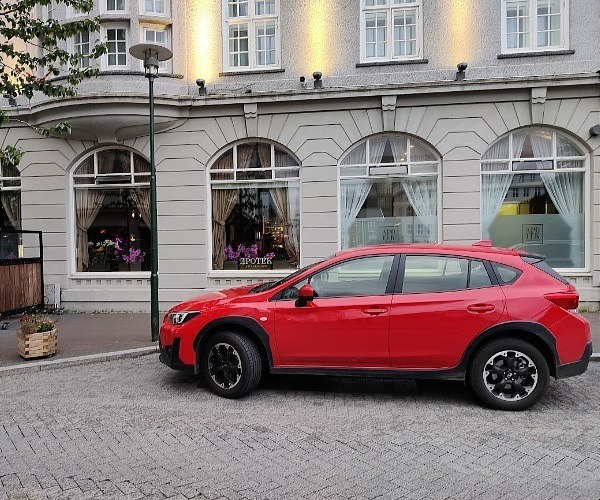
I recommend using the PARKA app for other locations in Iceland where you need to pay for parking, but you may also like to install the EasyPark app as an alternative. (EasyPark acquired Leggia in 2017.)
Gas stations in Iceland
A good rule of thumb is to fill up if the opportunity arises even if your tank is half full as you never know when the next opportunity might come.
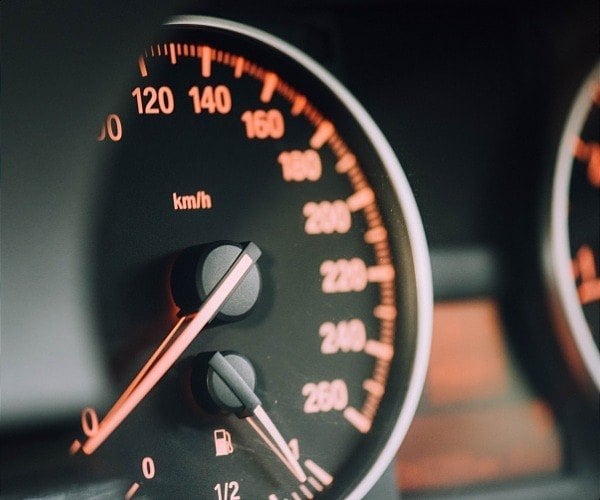
Almost all gas stations in Iceland are self-serve, with payment made before you fill up. You will just need your debit or credit card and the associated pin number. If you’re filling for the first time and are not sure which side of the car your petrol cap is on, then you might find a small arrow displayed next to your petrol gauge, pointing to the left or right. This is an indicator of which side the fuel goes in.
Gas stations are usually open 24/7, meaning you can fill up at any time of day, but the kiosk where you can get assistance or purchase other items will usually close around 8pm or a little later.
It’s always a good idea to check ahead on where the closest gas station is – your GPS or Google Maps can help you with this, but don’t let your fuel levels get slow that you become reliant upon this information.
Driving hazards in Iceland
The weather in Iceland is very variable and changes can happen at short notice. Be prepared for whatever the conditions may throw at you. Use the SafeTravel app for up-to-date information on the roads and driving conditions.
Iceland is a stunning country with mesmerising landscapes and it’s very easy to get distracted by it all. No matter how beautiful the scenery, don’t let it distract you from your driving. It goes without staying, but it’s far better to pull over in a safe place and soak up the vistas than lose concentration whilst behind the wheel.
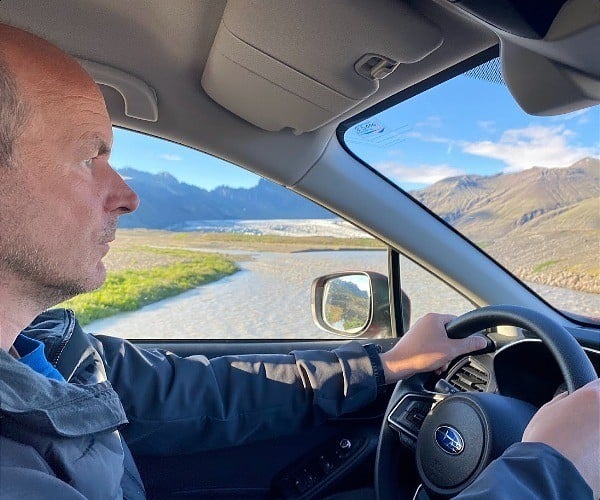
Whilst the majority of drivers are courteous and responsible, there are some (in every country!) who are impatient and drive irresponsibly, be it through speeding, tailgating or some other malpractice. Don’t be intimidated by their behaviour; just keep to the driving regulations and enjoy your trip, rather than let them influence your own safe driving.
Beware animals! Reduce speed when you encounter livestock or other animals on the road. Sheep, horses, birds and other animals are not uncommon.
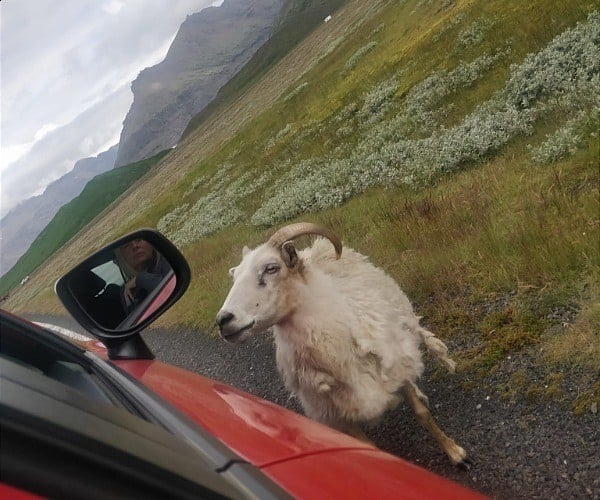
On our trip, we encountered some sheep that were standing in the middle of the road and bringing traffic to a complete standstill. They seemed to be keen to lick the car tyres for some reason (maybe it was the salt, I don’t know) and we could only get past by coming to a complete standstill, before crawling ever so slightly forward, when it was safe to do so, to resume our journey.
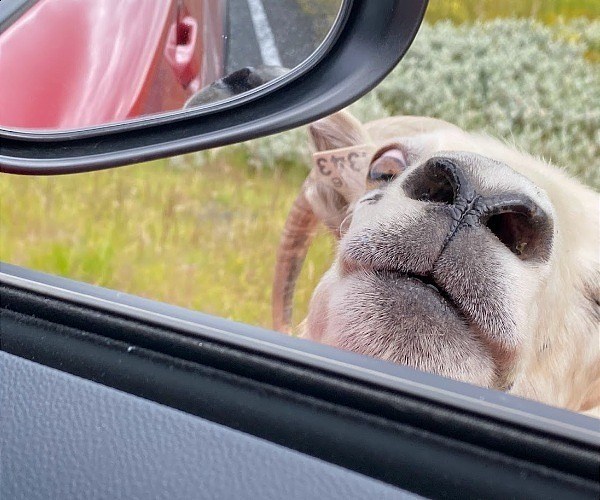
We also encountered a number of horses that were being excercised or re-located, I’m not sure which. A handful were being ridden, but the vast majority were riderless. There must have been around 50 horses in total and all we could really do was come to a complete stop and sit tight until they’d all passed. It didn’t take long, and was interesting to see, so we were in no hurry.
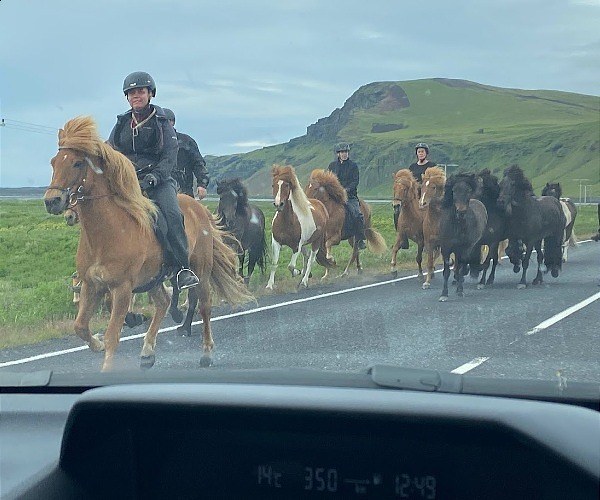
In the event of an accident
In the event of an accident, the emergency number to call in Iceland is 112. Depending on the nature of the accident, we suggest you contact the emergency services, the police and your rental provider. For added peace of mind when driving in remote locations, we also recommend installing the 112 app. This can be used to provide regular notifications of your current location, which can be helpful to first responders in the event of an emergency.
Don’t spend all your time in the car
Whilst it’s understandable that you want to see and do as much as you can whilst in Iceland, you also need to be realistic as to what is achievable in the time that you have. In theory, it is possible to drive around the entire Iceland ring road (1,339 kilometres) in 17 hours… but would you want to? Definitely not! Allow yourself plenty of time to take adequate stops and enjoy this beautiful country, and be realistic on how much you can cover within the time that you have, without compromising the enjoyment of your trip.
For more tips on driving in Iceland, take a look at the Driving with Elfis series of videos.
So, there you have it – a summary of my top tips for driving in Iceland. I hope you find this useful, but it should also be stressed that we were driving duing the Summer months and I have not gone into any detail about Winter driving. This would probably warrant a post all of its own. If you have any questions, or tips of your own, feel free to add them in the comments below.
Planning a trip to Iceland yourself? You can watch a video from our trip to Iceland here:

Disclosure: This post is sponsored by Icerental 4×4. Our trip to Iceland was also sponsored by Helly Hansen.
Did you enjoy this article?
Receive similar content direct to your inbox.


Downloading a parking app before you travel sounds like a good idea. Trying to pay for your parking gathering together your small change in a currency you don’t know can be very stressful.
Definitely, Jack. And the PARKA app is very easy to use. You simply input your details (registration, credit card, etc.) and the rest was very straight forward. And, whilst Iceland is of course a very expensive country, I found parking charges generally to be quite reasonable.
Looking at the pictures, traffic doesn’t seem to be much of a problem.
To be fair, it wasn’t for us and we were there in peak season. Whilst there were cars about, we never really experienced any significant congestion.
From what you say, sheep were more of a problem than cars.
Neither were a major problem, but there were certainly some areas where we saw more sheep than people! 🙂
You say that street parking is free in Reykjavik for some time periods. But what are the chances of easily finding a free spot?
Hi Steven – We never had any trouble finding a space, even in a P1 area (the centre).
After a recent speeding offence, I opted to go to speeding school rather take the points on my licence.
The message there was the same as yours. The technology is now so good that you’re likely to get caught sooner or later.
Sorry to hear that, Craig… I have once had to attend ‘naughty boys school’ also (not too terrible in over 30 years of driving, I guess). Alas, with Iceland, I don’t think you are presented with that opportunity – it’s just a straight fine, and a considerable one at that.
Since the pandemic, I haven’t driven abroad as I’ve only just flown for the first time. I know where you’re going with the idea about driving overseas being daunting.
I understand, Julian… for many, even flying again for the first time has been a little daunting, particularly when there were so many regulations and it was important to have all your paperwork in order for you to travel.